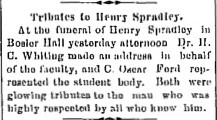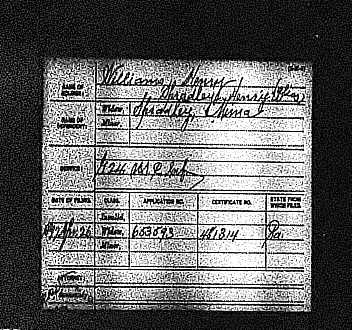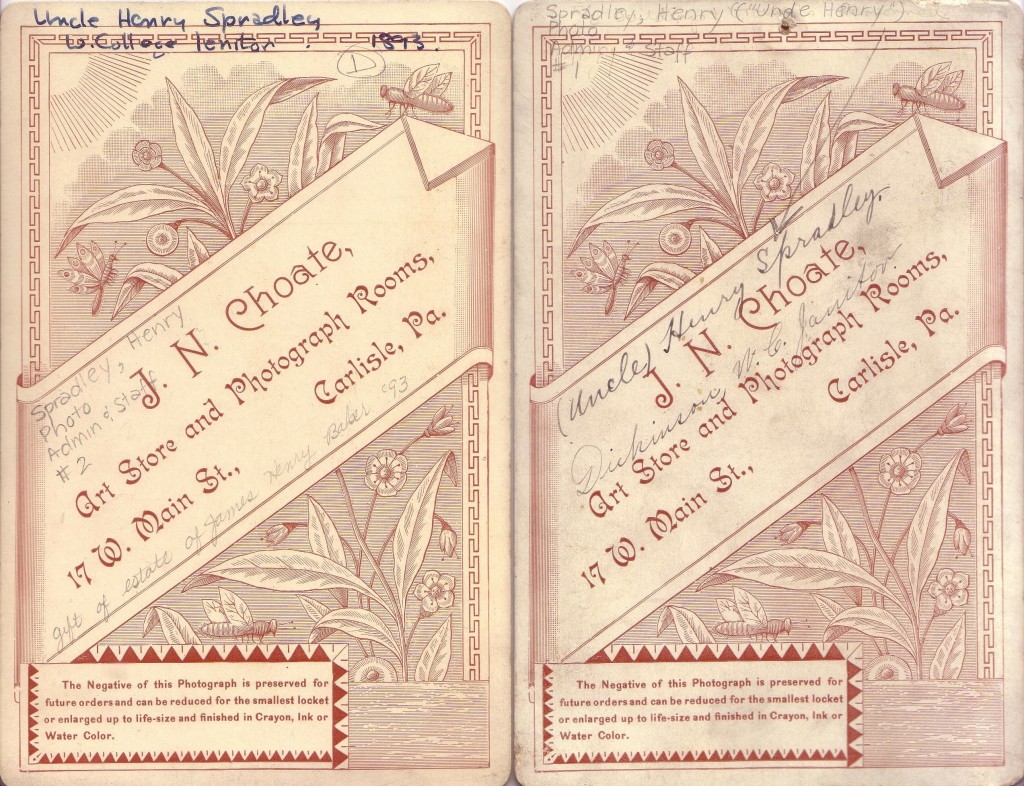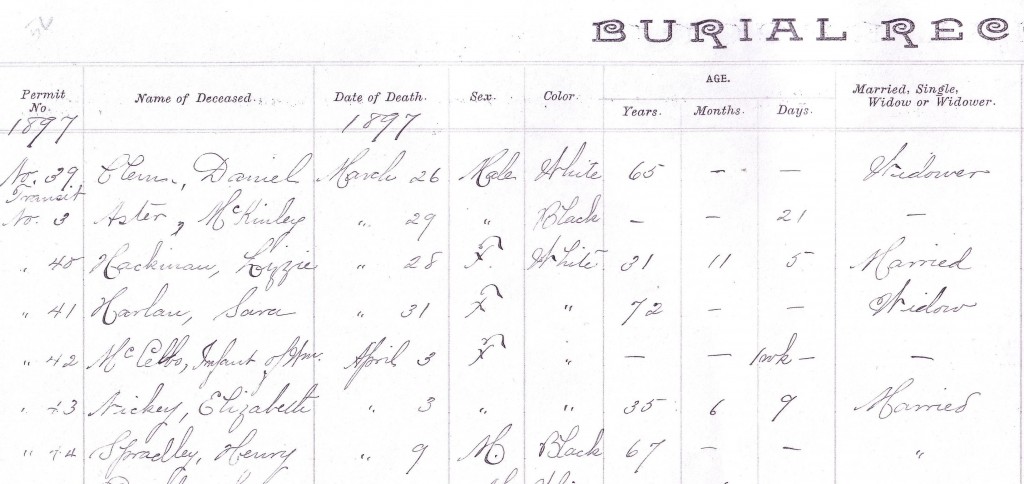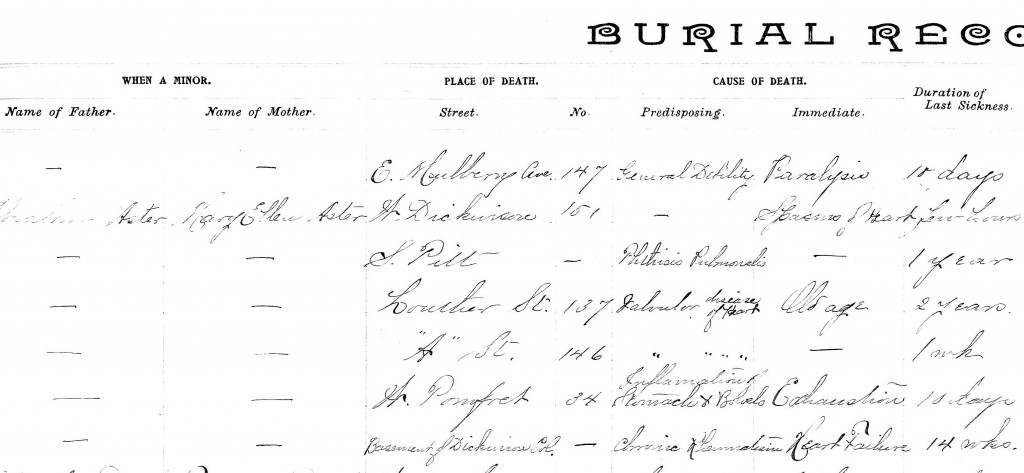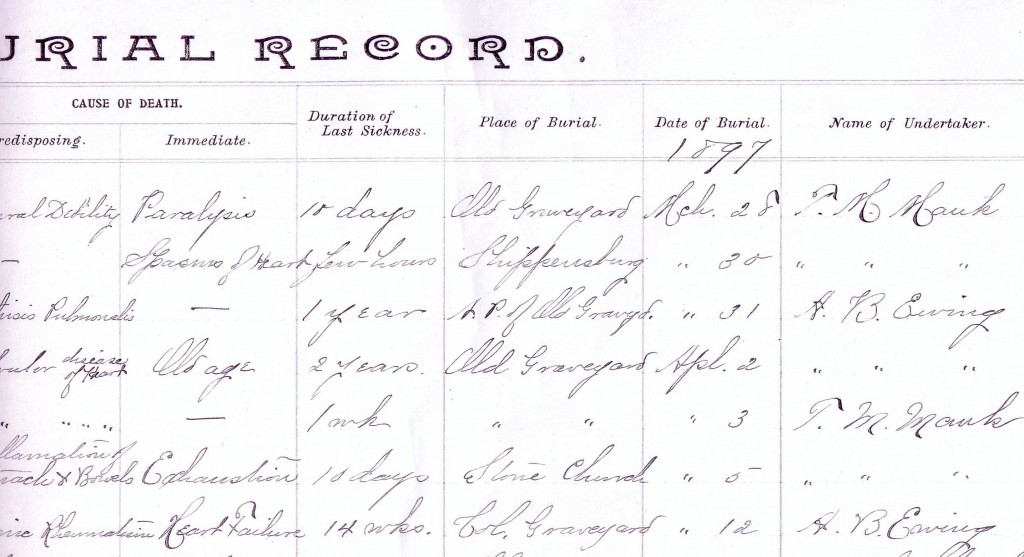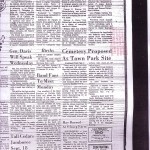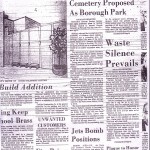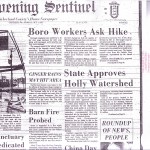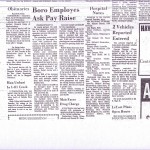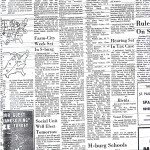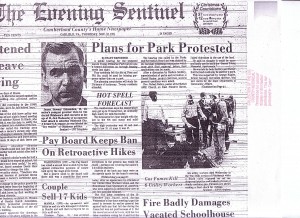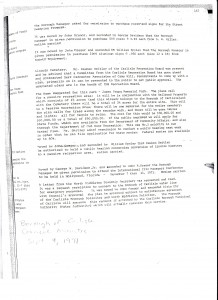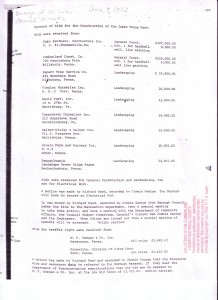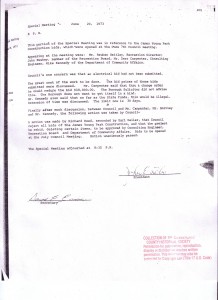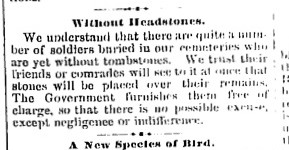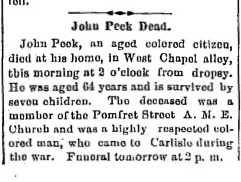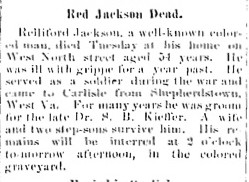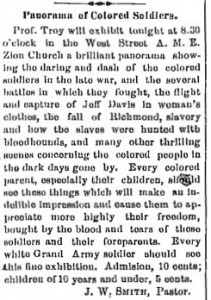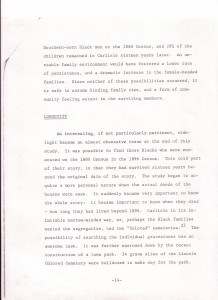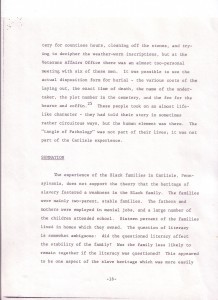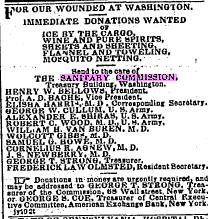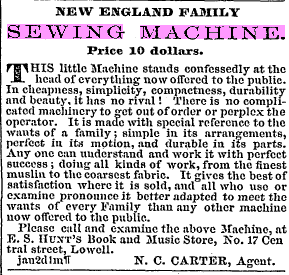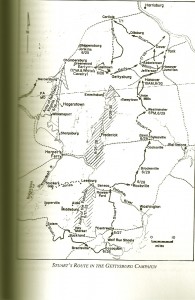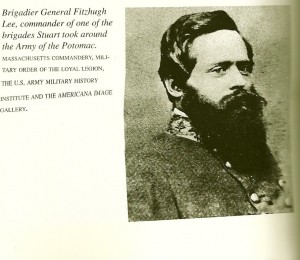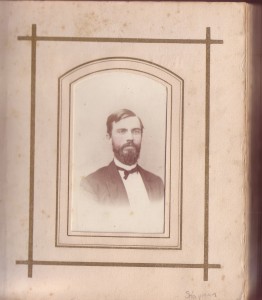Over the last few weeks, I went back and forth between database, photos, secondary sources, microfilm and contacts. However, for simplicities sake, I will present what I found in these categories, starting with databases
After looking at Susan Cavenagh’s and then Aaron Feldman-Grosse and Don Koide’s list of soldiers buried at Lincoln Cemetery, I went and compared the list to at the Cumberland Civil War site. As time would go on, I would compare a number of lists to each other as well. However, knowing the regiment number for most and time of death for some, I went to The American Civil War Research Database and tried to see if I could look up every soldier on the list.
I ended up finding 23 of the Veterans on the site, which contains information such as their regiment, rank, hometown, biographical info, enlistment and discharge information. It also lists the source, of which the site seems primary summarizing from History of Pennsylvania Volunteers, 1861-1865 and Massachusetts Soldiers, Sailors and Marines in the Civil War. I will link all of these on my post where I compile all of the soldiers names. From this list, I asked myself which soldiers were most likely to have enough information on them to help create a story and which were the most relevant.
I chose to try and focus on George Fisher, James H. Alexander, Robert Howard, David McFarland, and Harrison Smith. Each has something specific, such as where they resided, were wounded or enlisted that would make it easier to research them.
Then I went through a long and at times frustrating database search. I used my strategy to research these five first, but when nothing turned up, I usually entered every other name on the list. Other strategies I used were just using the last name, entering the regiment number, looking up the training camp, and searching for their name and then colored/black/African American or Carlisle. I looked at the following databases and websites: American Civil War: Letters and Diaries, CumberlandCountyCivilWar.com, 19th Century Newspapers, Accessible Archives, Ancestry.com, battleofolustee.org, masshist.org, Civil War Era, pacivilwar.com, and American Periodicals Series Online. I also quickly looked at some like American National Biography and American Memory Project, but they were very unlikely to turn up results on mostly unknown soldiers and with so little time.
On American Civil War: Letters and Diaries, I used the option in the search to limit results by race. Out of these, there was a James Williams and J. Berry, two possible ones from my list. The James Williams diary was definitely not a match, since the diary mentions this Williams living past his death date on the tombstone Cavenagh recorded. I ruled out the J. Berry letter too from it’s lack of information and the fact that he was from North Carolina. If I had records that he moved to NC, then it would be worth coming back to I guess.
I searched 19th Century newspapers for a long time, but found very few results. One that might have some legitimacy was about David Jackson, who is in an article about slave catchers in the Fredrick Douglass papers. The article lists David Jackson as colored and the other subject as from Carlisle, but not necessarily Jackson. Therefore, I am still reserved on whether it is really Jackson from Lincoln Cemetery, since the name is common. I also found a list of draft exemptions from Pennsylvania in 1865, which contained George Fisher, one of my main targets. But this did not even have a way to prove it was George Fisher from Carlisle or that he was black.
Accessible Archives has six African American newspapers that I looked in, with the closest being in Philadelphia. I found absolutely nothing here and was frustrated by the poor search engine. Words like “Carlisle,” and “USCT” came up with absolutely no results. And searching for a full name would bring up documents nowhere near what I was looking for.
I searched battleofolustee.org and masshist.org because they were about the Massachussetts 54th Infantry that George Fisher and Robert Howard were enlisted in. The former, if you go here, has links to about 20 African American soldier pictures from the 24th, as well as a few diaries and letters from officers. On masshist.org, if you search for “54th” you can see a number of entries on African American soldiers from the regiment. They have more photos available in their archives that are not online, but the ones online did not match with Fisher or Howard.
I did not find any matches for soldiers on my list at the Civil War Era database or any new information from the Pennsylvania Volunteers database (pacivilwar.com). My best database luck was on Ancestry.com. I would go back to this site for other soldiers, but I chose to focus on George Fisher to see if I could make a story out of him. I found his 1860 Census record, his enlistment and discharge papers, and his plaque information for the African American memorial.

George Fisher - 1860 Census
- From this, I was able to tell who he had lived with. I tried searching for Clara Piper and John Heck, the two other oldest people he lived with, but I found no other records of them on ancestry.

George Fisher - Military Service Records
- Information on databases I looked at says Fisher was wounded in June 1963 and discharged in June, but the record actually shows he was wounded in July 1963 and not fully sent home until June 1964.
Any other database records, I will just work into my overall posts. I thought Ancestry and American Civil War Research database were the most useful and worthwhile overall. The database search left me mostly thinking that local documents would be more worthwhile than filtering out all the national information.


